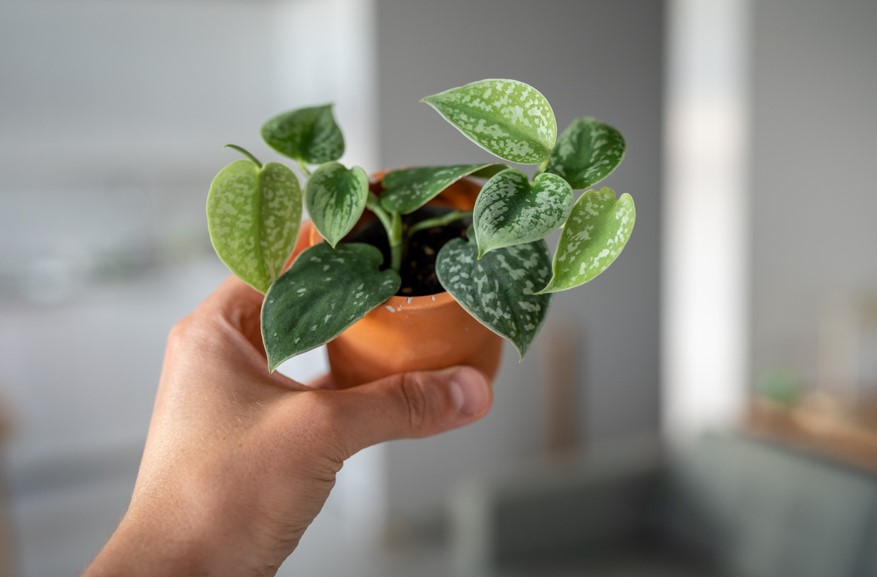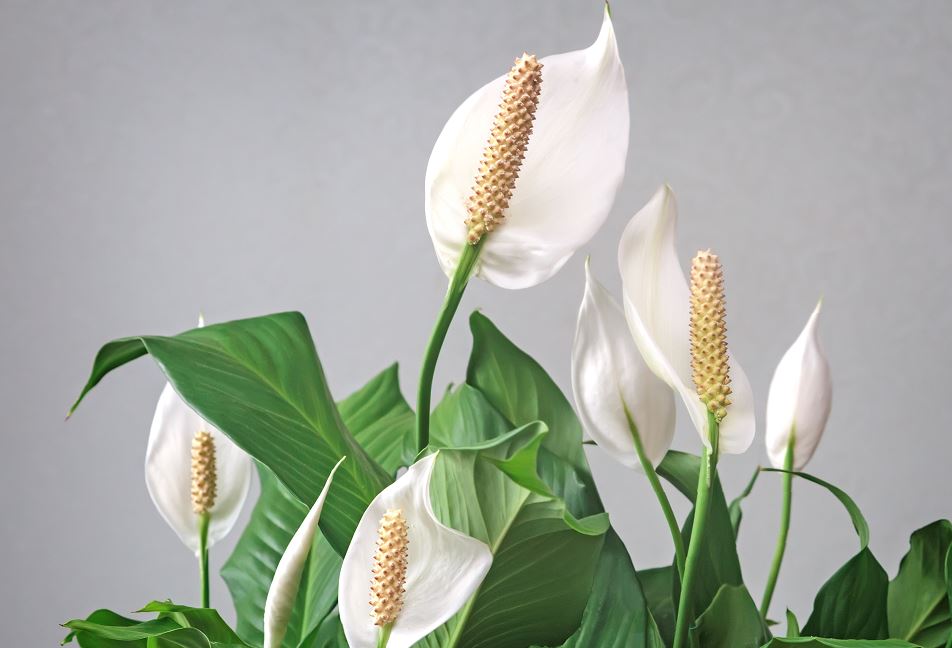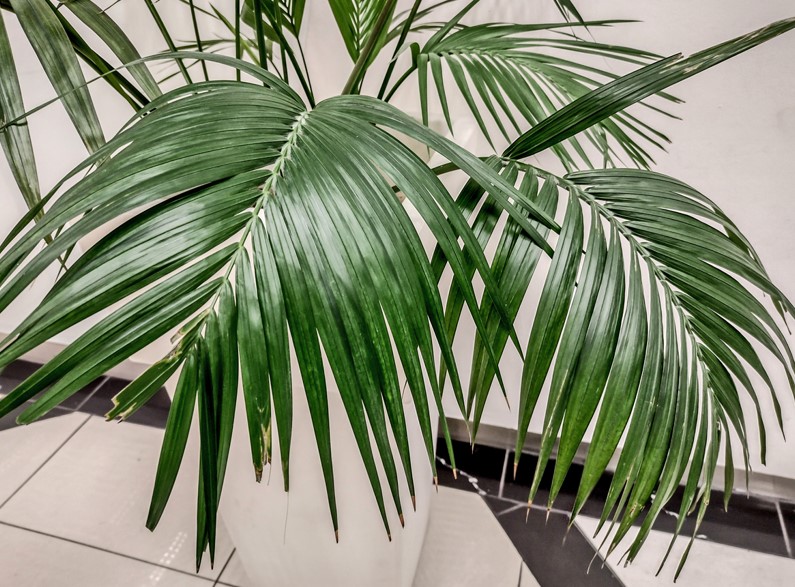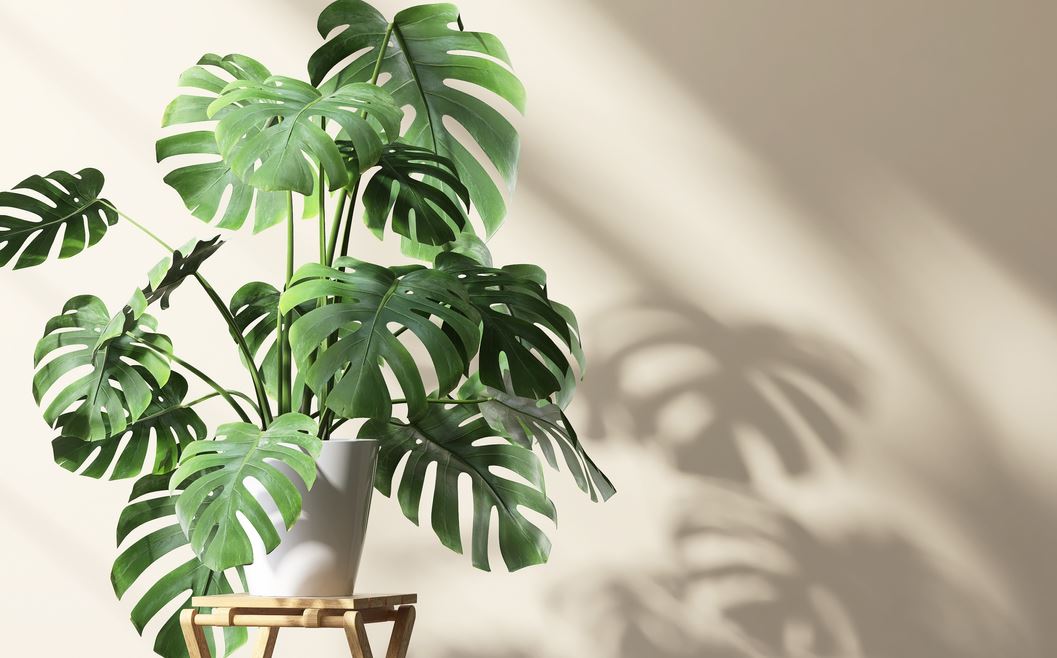What if the problem wasn’t just you?
Having a green thumb is, in a way, know how to listen to plants and their needs. However, plants have different needs, which means that when choosing a plant, it is important to not just go with your favorites, but to make sure that you and your home can meet the needs. of the plant that caught your eye.
Yes, even if you follow the maintenance instructions specific to your plant to the letter, it can still die. because your interior does not suit himwhether in terms of brightness, humidity, etc.
For example, if your interior is very bright, a ficus will be able to flourish there, whereas conversely, if it is rather dark, your ficus will wither. It is then more judicious to turn to a Monstera. It is therefore necessary to do your research before buying a plant, then follow these few basic tips:
- Always protect your plants from direct sunlight. In fact, through a window, they can burn the foliage of your plant.
- Try to meet your plant’s water needs as best as possibletaking care not to allow water to stagnate in the cup, as this tends to cause the roots to rot and kill the plant.
- Take the trouble to repot your plant every 3 or 4 years to provide more space for its roots, especially if it has developed well, but also to renew the soil and therefore, the stock of nutrients it needs.
To help you in your choice of a plant, we suggest a few that are easy to live with and that will allow you to say that, after all, you may indeed have a green thumb.
Zamioculcas zamiifolia

Also known as “ZZ plant”, this plant with its erect habit and thick, shiny leaves is easy to grow and very decorative. Whether your home is bright or dark, she will like it there. Even if you forget to water it for several months, it will survive. In the indestructible category, she is a champion.
Chlorophytum comosum

Commonly called “spider plant”this graceful plant with its foliage in the form of long flexible ribbons prefers bright locations, but without direct sun, and tolerates locations in partial shade.
This plant is not only very resistant, since it only needs to be watered when its soil dries out, but over time, you will see stems emerge from the plant at the end of which baby plants will develop. All you have to do is take them, put them in water until roots appear, then put them in the ground to have new plants.
Scindapsus

Commonly called Pothosthis beautiful houseplant has heart-shaped leaves and will delight you with its large vines.
These can be left as is to enjoy a beautiful cascade of leaves or you can stake them to obtain a climbing plant. This resistant plant knows how to adapt to more or less bright locations, and only needs to be watered when the substrate begins to dry out.
Sansevieria

This very graphic succulent plant is also called “mother-in-law’s tongue” due to its erect fleshy foliage. This depolluting plant requires little care and adapts equally well to a bright or dark location. In addition, it can survive several weeks of forgetting to water it. Its substrate can dry out by 2 to 3 centimeters without it suffering.
Spathiphyllum

This exotic plant, which you can also call ” moon flower “ to be sure not to misrepresent its name, is all the easier to grow as it reminds you to water it. Indeed, when it is thirsty, its generous and supple foliage curves downwards. All you have to do is water your plant and its foliage will straighten out! To enjoy its elegant white flowers, it is best to install it in a bright location.
Aloe vera

In ancient times, this plant was called “plant of immortality”. That says it all! This magnificent succulent plant will resist your watering forgetfulness. On the other hand, it needs light. Another of its advantages over others is that it tolerates the heat of radiators very well during the winter. With its fleshy, erect leaves, it will bring pep to your interior.
Dipladenia

The dipladenia is a colorful flowering plant that can be planted outdoors as long as temperatures do not drop below 5°C. But it is also a very resistant indoor plant that you can install on a windowsill to provide it with good light. Because it has thick roots, it can withstand forgetful watering.
Kentia

Want a palm tree in your interior? Choose kentia for a touch of exoticism without the hassle. You can install it in a bright or even slightly dark location. As for watering, simply let the soil dry on the surface before thinking about watering.
Monstera

This fairly easy-to-maintain plant will enhance your interior with its very graphic cut foliage. You can install it in a bright room, but also in partial shade. Before you can water it, you will have to wait until the soil is dry. If you live in an environment that is too dry, it may be useful to mist all of your foliage with water from time to time.
Cactus

If your interior is very bright or if you have a veranda, you can opt for cacti which are made to grow in extreme conditions and which tolerate forgetting to water very well. Watering which must be moderate, but regular. To avoid killing a cactus, you must, above all, make sure to never let water stagnate in the cup.

